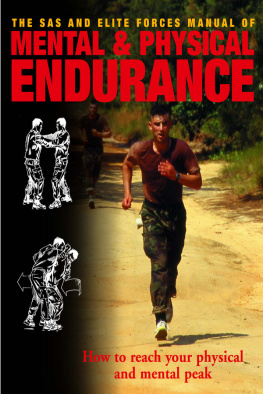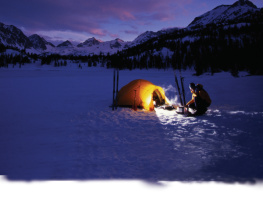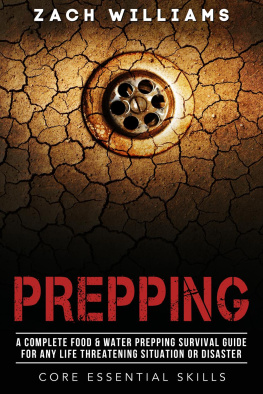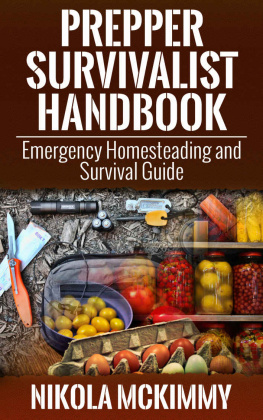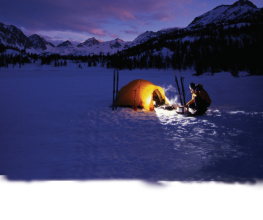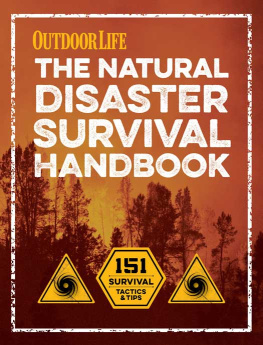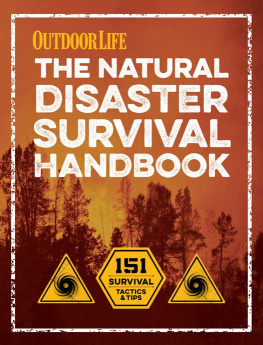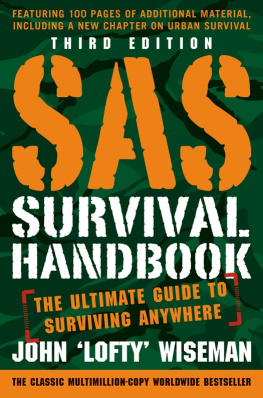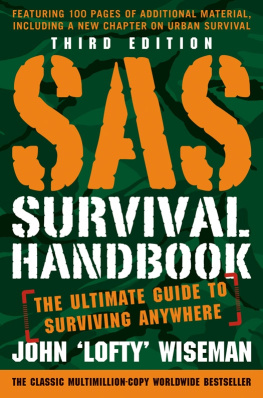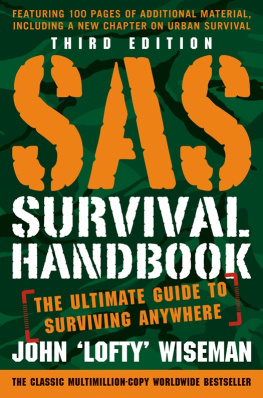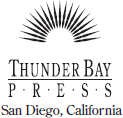 | Thunder Bay Press
An imprint of Printers Row Publishing Group
10350 Barnes Canyon Road, Suite 100, San Diego, CA 92121
www.thunderbaybooks.com |
Copyright 2019 Amber Books Ltd
All rights reserved. No part of this publication may be reproduced, distributed, or transmitted in any form or by any means, including photocopying, recording, or other electronic or mechanical methods, without the prior written permission of the publisher, except in the case of brief quotations embodied in critical reviews and certain other noncommercial uses permitted by copyright law.
Printers Row Publishing Group is a division of Readerlink Distribution Services, LLC. Thunder Bay Press is a registered trademark of Readerlink Distribution Services, LLC.
All notations of errors or omissions should be addressed to Thunder Bay Press, Editorial Department, at the above address. All other correspondence (author inquiries, permissions) concerning the content of this book should be addressed to:
Amber Books Ltd
United House, North Road, London, N7 9DP, United Kingdom
www.amberbooks.co.uk
Project Editor: Michael Spilling
Design: Zoe Mellors
Picture Research: Terry Forshaw
Illustrations: Tony Randell and Patrick Mulrey
Thunder Bay Press
Publisher: Peter Norton
Associate Publisher: Ana Parker
Publishing/Editorial Team: April Farr, Kelly Larsen, Kathryn C. Dalby
Editorial Team: JoAnn Padgett, Melinda Allman, Traci Douglas
eBook ISBN: 978-1-68412-820-4
eBook Edition: May 2019
Disclaimer
This book is for information purposes only. Readers should be aware of the legal position in their country of residence before practicing any of the techniques described in this book. This book does not provide medical advice and should not be used instead of professional emergency service help.

Running provides the essential core fitness that will be a huge advantage in a disaster survival situation.
If you are going to survive any disaster situation, you need to be fit and healthy. This chapter explores physical preparation, including testing your fitness, getting fit, and following a healthy diet. We also look at effective mental preparation, including building concentration, thinking clearly in a crisis with an emphasis on stress management, meditation techniques, and enhanced decision-making. If you are fit, you will be better prepared to deal with a disaster.
PHYSICAL PREPARATION
To test how fit you are, measure your resting heart rate (RHR), which will provide good insight into your cardiovascular health. It is best to test your RHR in the morning, when your body is unaffected by variables.
Your heart rate, measured by timing your pulse, indicates the number of times your heart beats per minute. This in turn indicates how hard your heart has to work in order to circulate blood around the body. A weaker heart has to work harder to push blood through the arteries, so the pulse rate is faster. A stronger heart gives you more bang for your buckyour heart can work at a slower rate, as it provides a boost for each beat.
As a yardstick to assess your fitness, the average RHR for an adult is between 60 and 100 beats per minute (bpm). An athlete may have an RHR of between 40 and 60 bpm.
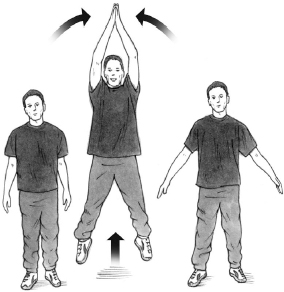
In order to track your fitness, keep a log of your RHR over a few weeks, especially if you are engaged in a fitness-training regime. As you become more fit, you should see your bpm decline.

Heart rate monitor
A heart rate monitor that you wear on your wrist or chest can give you electronic indications of your resting heart rate and also track your heart rate during exercise. This should give you an idea of whether you reached the intensity that you were aiming for.
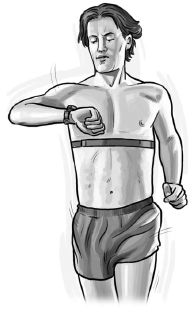
MEASURING RHR
Measure your RHR by finding your pulse in either your wrist or your neck.
WRIST
Hold out your hand, palm upward. Press the index and middle fingers on the inside of your wrist until you can feel the pulse.
NECK
Press the index and middle fingers on the side of your neck, under the jaw and next to the windpipe.
Move your fingers until you can feel the pulse.
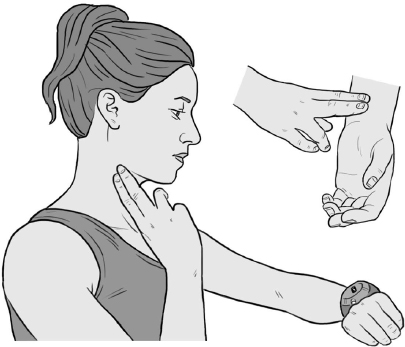
To measure your bpm, either count the number of beats for a full minute or count them for 30 seconds, and then multiply by two.
Maximum heart rate (MHR)
To measure your maximum heart rate (MHR), subtract your age from 220. This indicates the safe range you should work to when exercising. However, you also need to take into account your overall fitness, state of health, stress level, and other factors, such as climate. For example, your heart may have to work harder in a hot climate to lose heat. In general, aerobic exercise such as running should measure between 60 and 90 percent of your MHR.
If you are a woman, your heart is likely to beat about 5 bpm faster than a mans heart.
Training heart rate (THR)
Training heart rate (THR) is an indicator of how your heart beats when exercising.
The THR is between 70 and 80 percent of your MHR.
STRETCHING
There is often discussion among people in training about whether or not to stretch before exercise. This is because in static stretching a muscle may lose some of its efficiency.
However, stiff muscles are more likely to get injured than warmed and stretched muscles.
A good solution is dynamic stretching. This kind of stretching gradually begins the movements that you will be making anyway when you exercise.
Dynamic stretching
Start with slow, relatively limited movements, and gradually increase the range and pace as your muscles warm up and loosen.
Do shoulder shrugs. First go forward, and then, backward.
Make arm circles. To do so, first make big sweeps. Then make the sweeps smaller, and then gradually increase them again.
Take lunges forward to stretch hip flexors.
Walk or jog with high knees.



